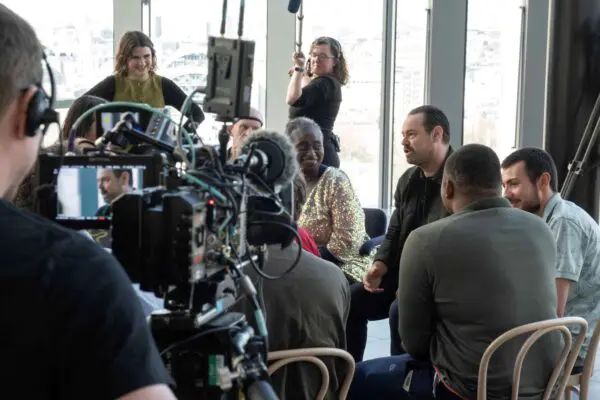Words by Will Freeman.
Just a few weeks ago augmented reality was arguably VR’s lesser cousin. While virtual reality has long basked in media attention and games industry affection, AR has rarely punched through into the mainstream’s collective conscience.
And then Pokémon GO happened. Through the month of July it became as popular as Twitter in the US, saw Nintendo’s share price climb at a dizzying rate before a fall, and established AR as a new point of fascination for the public, press and games industry.
At the time of writing, some numbers point to Pokémon GO already experiencing a decline in its use, but Nintendo’s effort alone is not all there is to the new AR boom. Google has the Project Tango technology ready to be unleashed, granting mobile phones depth sensing cameras that can place AR experiences over and around real world 3D space. Microsoft, meanwhile, continues to develop Hololens, an AR headset that could have a revolutionary impact on everything from games to creative processes and human interaction. And then there’s solutions like Magic Leap and CastAR, all of which means there is much potential for those that build digital content.
“Several of the devices mentioned are now able to capture large real-world space that they can quickly recognise and understand their position in,” explains Simon Barrat, director at UK studio Barog Game Labs, which counts AR among its specialities.
“This means that more advanced AR – such as virtual objects being hidden behind real-world objects – can be performed. It also allows for the mapping of spaces between multiple devices, which enables collaboration between multiple people, and therefore more practical uses for the technology.”
A time of opportunity
It’s clearly a time ripe with possibilities, and as a result many believe AR perhaps has more potential today than VR, in terms of impacting day-to-day life.
“I truly believe we are headed for a screen-free future, where fashionable and lightweight glasses allow us to place our desktop, TV, or mobile device screen anywhere – [or] to be shared with anyone we want with a similar pair of glasses,” posits Ralph Barbagallo, founder of AR and VR specialist studio Flarb, and a longstanding developer of AR content. “We may be on the last generation of screen-based computing. If so, the consumer adoption of AR is potentially huge. Maybe even bigger than mobile, long term.”
That prospect is hugely exciting, but how can a developer prepare to embrace it? VR’s design rule book has taken thousands of developers years to flesh out, so it’s simply too early to know for sure. But there’s already a sense of the mindset developers should get themselves into to thrive creatively and commercially on AR platforms.
“Think about how you used to play as a kid,” offers Justin Quimby, a product manager on the Project Tango team, before getting a little nostalgic. “A table could be a castle, a chair a tower, the floor lava. AR allows a blending of the physical and digital worlds. The other thing about AR is that you don’t have to use the physical world to create the play-space. Instead, you can use AR to designate any location as your new digital play-space. The ability to use your smartphone to move your viewport into the digital world allows for very different interaction mechanics than a traditional phone game or VR headset.”










